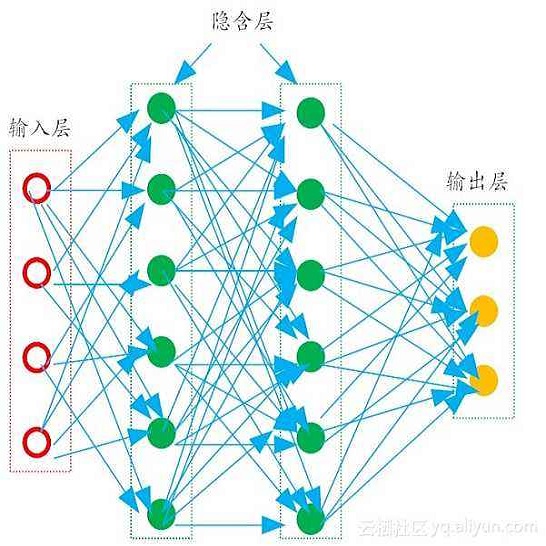Convolution neural networks (CNNs) are brain-inspired architectures popular for their ability to train and relearn visually complex tasks. It is incremental and scalable; however, CNN is mostly treated as black-box and involves multiple trial & error runs. We observe that CNN constructs powerful internal representations that help achieve state-of-the-art performance. Here we propose three layer glass-box (analytical) CNN for two-class image classifcation problems. First is a representation layer that encompasses both the class information (group invariant) and symmetric transformations (group equivariant) of input images. It is then passed through dimension reduction layer (PCA). Finally the compact yet complete representation is provided to a classifer. Analytical machine learning classifers and multilayer perceptrons are used to assess sensitivity. Proposed glass-box CNN is compared with equivariance of AlexNet (CNN) internal representation for better understanding and dissemination of results. In future, we would like to construct glass-box CNN for multiclass visually complex tasks.
翻译:进化神经网络(CNNs)是受大脑启发的建筑,因其有能力培训和再读视觉复杂任务而受人欢迎。它是递增和可扩展的;然而,CNN主要被作为黑盒处理,并涉及多次试错运行。我们观察到CNN构建了强大的内部代表,帮助实现最先进的性能。我们在这里建议用三层玻璃(分析性)CNN来应对二级图像分类问题。首先是一个代表层,它既包括输入图像的类信息(群体变异性),也包括对称转换(群体等异性),然后通过维度递减层(PCA)传递。最后,向阶级提供了契约但完整的代表。分析机器学习类和多层感知器用来评估敏感性。提议的玻璃框与AlexNet(CNN)内部代表的equivalicity作比较,以便更好地了解和传播结果。今后,我们想为多级视觉复杂任务建造玻璃框CNN。




